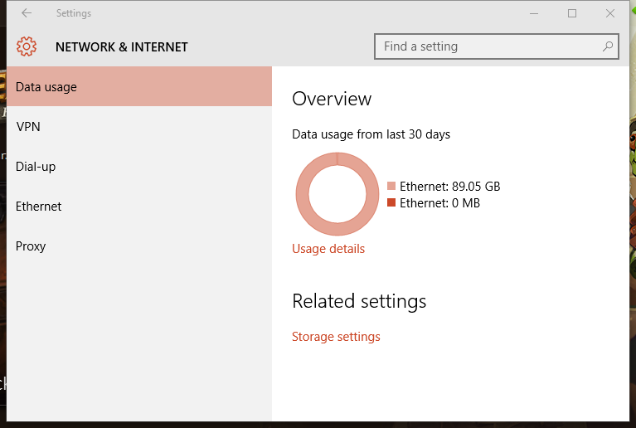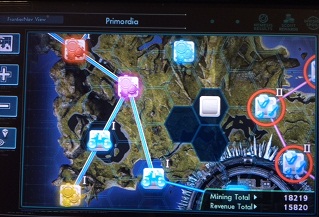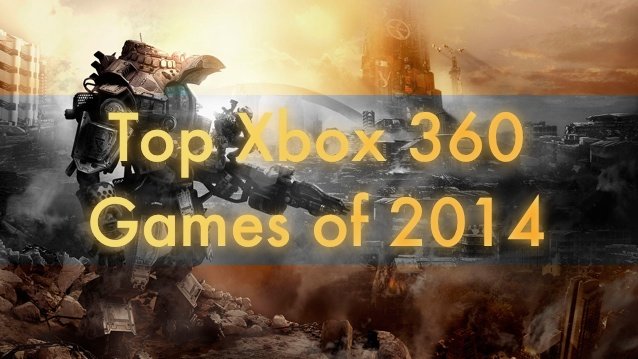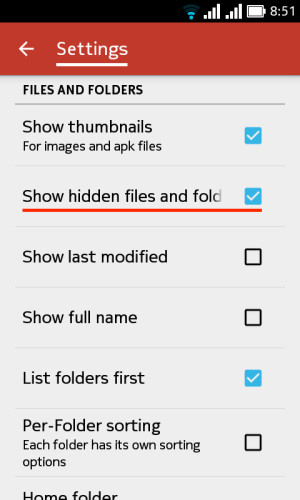

In modern-day America, it’s not unusual to hear stories of people who are paying a premium for high-speed Internet services, yet still can’t manage to stream videos on YouTube or Netflix without excessive buffering. At times, these hiccups can feel as slow as dial-up, and it’s frustrating.
And while America has one of the worst Internet infrastructures of all first-world countries, even the higher-speed networks of Europe and Asia can suffer this problem from time to time. What’s causing it? And is there a way around it? Shouldn’t we be past this in 2016?
ISP peering is one of many factors that could be affecting your network speeds, yet not many people know what it is. If you fall into that group, don’t worry. We’re here to shed some light on it all.
To understand ISP peering, we must first understand the general architecture of the Internet as a whole.
People tend to refer to “the Internet” as one massive network that stretches over the entire world, and while this might be true in an abstract sense, it oversimplifies the real nature of it. The Internet is actually a big network of many smaller networks that communicate using the same standard protocols.
Network A can be connected to Network B in one of two ways: a transit relationship (where Network A pays Network B to carry its data) or a peering relationship (where Network A and Network B agree to send data back and forth without charging each other).

Transit relationships usually exist between a smaller and a larger network, where the larger network carries the smaller network’s data for a fee. Peering relationships usually exist between large networks of similar size as both networks can benefit equally from the agreement.
At the very top of the hierarchy, you have the big Tier 1 networks that are only involved in peering. These ISPs don’t provide home Internet access. Instead, their only concern is to connect with other Tier 1 (and some Tier 2) networks. These make up the core of the Internet.
At the very bottom of the hierarchy, you have Tier 3 networks. These networks purchase access to Tier 1 and Tier 2 networks so that they can then provide Internet access to home users like you and me. This web of peering is how you can send an email from the U.S. to Japan in the blink of an eye.
If everything went according to plan and all players in the game were only concerned about the greater good of the Internet, then we’d be living in an Internet utopia. Unfortunately, business is business and things rarely ever go according to plan.
The most common form of peering between Tier 1 networks is something called “settlement-free peering”, meaning that both networks agree to pass the other’s data along for free. The assumption behind this agreement, of course, is that both networks are sending and receiving similar amounts of data.
In other words, Network B agrees to pass along the data of Network A as long as Network A does the same for Network B. As long as both networks are sending and receiving in equal amounts, neither one is getting shafted.
But what happens when the scales start tipping and one network starts sending more data than the other? Suddenly Network B has to carry a lot more data on its network, data that only Network A was paid for (by Network A’s transit customers). Now Network A is benefiting more from the peering agreement.

A recent report by Sandvine found that Netflix is the source of approximately 37% of all Internet traffic in North America during peak hours. Cogent is one network that handles much of Netflix’s outgoing traffic. (Keep that in mind as it will prove important soon.)
Now think about this: which ISPs do we use to connect to the Internet? Comcast, Time Warner, and Verizon are three of the biggest home Internet providers in the U.S. right now. To deliver Netflix video data to end users, they have to accept the data from Cogent and pass it along according to their peering agreement.

But in 2013, Cogent accused Verizon of allowing their traffic ports to saturate instead of opening up more ports, which meant that data couldn’t pass through in a timely manner and resulted in the degradation of Netflix performance for Verizon customers.
A similar disagreement occurred in 2010 between Comcast and Level 3, who was Netflix’s traffic distributer at the time.
Regardless of which side you agree with and whether or not you think Netflix can beat these ISPs, the takeaway here is that even though you have a high-speed Internet package, the actual speed of your Internet data can be impacted by forces outside of your control.
If you have problems streaming Netflix, there are a few workarounds and stopgaps that you can try, but the battle is still waging and it’s unlikely that we’ll see a real resolution for at least another few years. But ISP peering isn’t just a Netflix issue.
Issues with video buffering can be exacerbated when streaming from one country to another, and peering plays a role in that. In 2013, the French ISP Free.fr couldn’t handle all of the YouTube video data coming in, resulting in degraded video performance for users. Some even think the degradation was intentional.
Like twitch streams will load, then buffer, then the video will completely freeze while the audio keeps going -_-
— Tyler | Frostty (@Frostty_) January 10, 2016
Another example involves the Twitch live streaming service in 2013, when viewers from Europe were experiencing lots of buffering and stuttering while viewers from the U.S. had nothing of the sort.
It turns out that Twitch’s videos were being served out of the U.S. and there was a traffic bottleneck in one of the routes leading from the U.S. to Europe. When one peering relationship was congested, data was detoured through another network and issues ensued.
Peering disputes can also impact other forms of Internet activity, but it’s particularly noticeable for real-time applications like online gaming.
Pls more capacity with providers UR peering with. Congestion is highly noticeable. #Lag @OVH @olesovhcom @ovh_support_fr
— Despawned (@FuriousPvP) March 24, 2015
But performance issues aside, there’s another big concern here: the potential death of settlement-free peering altogether. If Internet traffic becomes so lopsided that networks abandon peering relationships for transit relationships, then users like you and me may be the ones who have to bear the costs.
One last thing: many people conflate issues of ISP peering with issues of net neutrality, just as they conflate issues of net neutrality with issues of zero rating. All three are critical issues of the modern age, but it’s important to remember that they are separate and indirectly related.
What are the worst Internet-related problems that you still face today? Are buffered videos the worst of it, or are there bigger fish to fry? Share your thoughts with us in the comments below!
Image Credits: Garden snail by COLOA Studio via Shutterstock, Peering Diagram by McSush via Wikipedia, Netflix App by Twin Design via Shutterstock, Network Congestion by higyou via Shutterstock




 An Easy Way to Hide Files on Android So Nobody Can See
An Easy Way to Hide Files on Android So Nobody Can See Inazuma Eleven Go: Light Shirts, Lineups and Photos Locations
Inazuma Eleven Go: Light Shirts, Lineups and Photos Locations Star Trek The Video Game Wiki: Everything you want to know about the game .
Star Trek The Video Game Wiki: Everything you want to know about the game . Get A Log-Free, Lifetime VPN Subscription For Around $15
Get A Log-Free, Lifetime VPN Subscription For Around $15 Ubisoft reveals new Just Dance game - JD 2016, track list
Ubisoft reveals new Just Dance game - JD 2016, track list